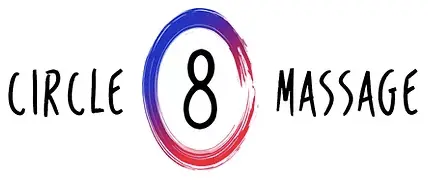Updated 15/10/2023
Generally, nerve flossing is recommended for injuries or conditions which include irritated nerves, like piriformis syndrome or sciatica. When implemented currently, nerve flossing is a gentle way of mobilising the irritated or compressed nerves through a range of exercises. The main reason that your GP or physiotherapist may suggest nerve flossing as a treatment is to alleviate the pain caused by conditions like sciatica. So, continue reading our blog on nerve flossing to better understand how it can help you manage ailments like sciatica.
So, what is nerve flossing?
In simple terms, nerve flossing is a series of exercises that are used to mobilise the nerves gently. Sometimes, your physiotherapist or GP might refer to nerve flossing as gliding, nerve or neural. The exercises themselves are relatively simple because they do not require any equipment, which means that you can continue to do them in your own home. It is worth mentioning that there is a range of different exercises for different parts of the body. In addition, some of the exercises might not be suitable, so it might be worth arranging a nerve flossing plan with your physiotherapist. Then, you can continue to implement nerve flossing while you are at home.
How Does Nerve Flossing Work?
We have mentioned that nerve flossing is a range of exercises used to mobilise the nerves. Moreover, nerve flossing has been known to help alleviate pain caused by compressed or irritated nerves. Additionally, these exercises will also help you improve your flexibility and muscle strength. Sometimes, people only use nerve flossing as their preferred treatment option rather than prescribed pain relief as a treatment option.
According to this article (published in the Journal of Physical Therapy Science), nerve flossing might be used to help:
- Decrease any nerve damage
- Alleviate pain
- Improve your range of motion
- Treat nerve problems like sciatica
Suppose you prefer more natural treatment methods to help reduce or relieve your nerve pain. In that case, you might want to look into getting a nerve flossing care plan at your local physiotherapist, like Circle 8 massage in Leeds.
Nerve Flossing & Sciatica
We have already highlighted how nerve flossing might be an appropriate treatment option for sciatica. Some people prefer to use nerve flossing alongside their prescribed medication, depending on the severity of the damage and irritation. Sciatica is a condition that causes people to experience pain in the feet, lower back, legs and calves. Did you know that the sciatic nerve can start from the toes, up the legs, up to the lower back? Sciatica is when a part of the sciatic nervous system becomes irritated or compressed.
Therefore, if you implement nerve flossing exercises into your daily routine, you should see an improvement in your pain levels. However, these exercises might be difficult if you have been recently diagnosed with sciatica. So, we always advise seeking professional help first to create your own exercise plan with a physiotherapist. Generally, your GP will refer you for treatment, or you can opt to use a private massage therapy studio like Circle 8 massage in Leeds. Finally, there is a lot of research, such as the International Journal of Medicine and Biomedical Research, highlighting that nerve flossing might help moderate sciatic pain. Not only that, nerve flossing can help you regain strength and motion in your feet, legs, hips and lower back.
Frequently Asked Questions
How does nerve flossing work?
Nerve flossing works by gently gliding nerves through their surrounding tissues. This rhythmic movement helps prevent nerve entrapment and enhances their function.
Is nerve flossing painful?
Nerve flossing should not be painful when performed correctly. It’s essential to maintain gentle, controlled movements to avoid discomfort.
Can anyone practice nerve flossing?
While nerve flossing is generally safe, it’s advisable to consult a healthcare professional or physical therapist before starting, especially if you have pre-existing medical conditions.
How often should I perform nerve flossing?
The frequency of nerve flossing can vary depending on your specific condition. It’s best to follow a regimen recommended by a healthcare professional.
Are there any risks associated with nerve flossing?
When done correctly, nerve flossing is safe. However, if performed improperly or too aggressively, it can potentially cause discomfort or injury.
Can nerve flossing replace medical treatment?
Nerve flossing is not a substitute for medical treatment. It can complement existing therapies and aid in pain management, but it’s essential to consult with a healthcare provider for comprehensive care.







